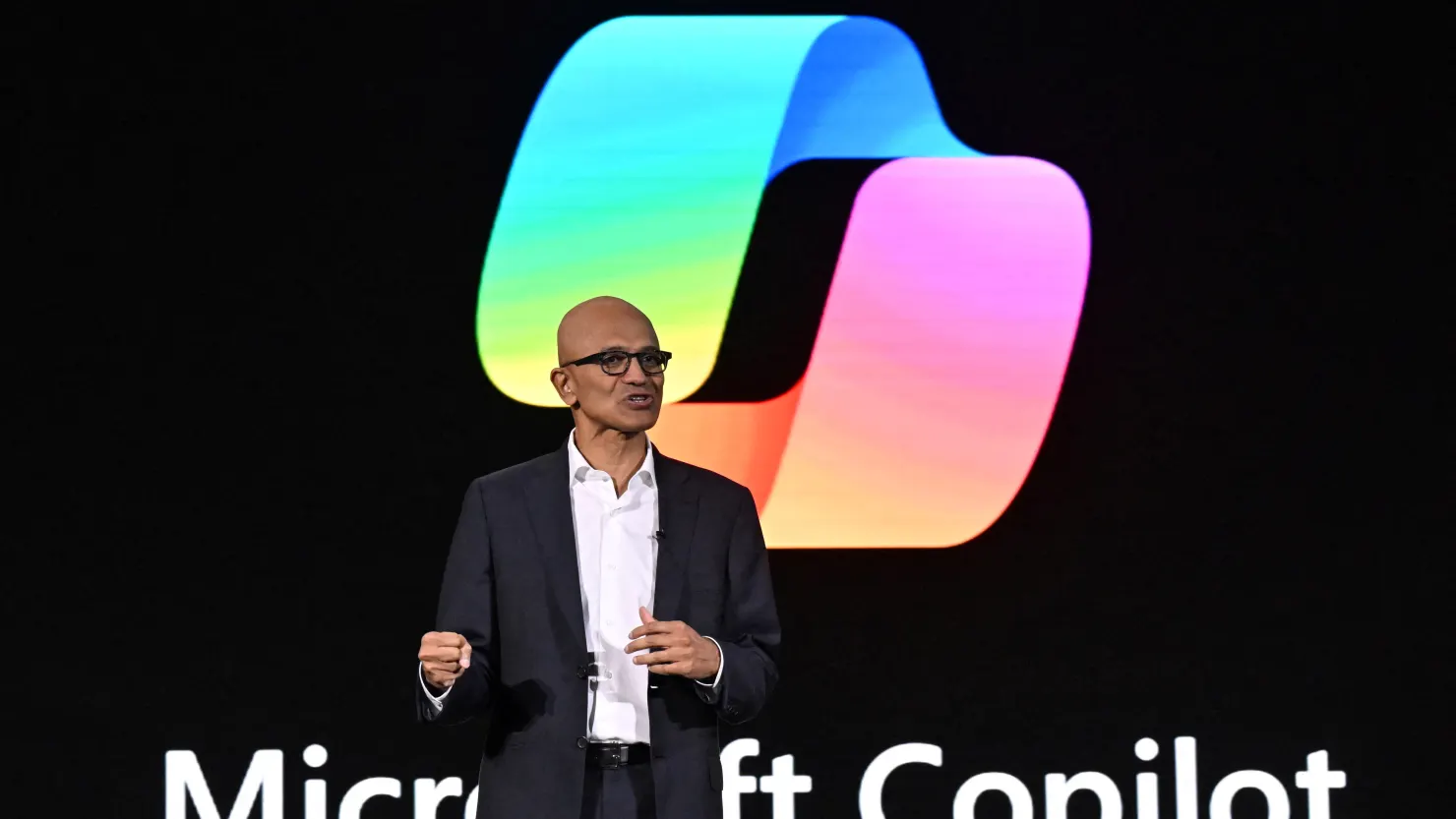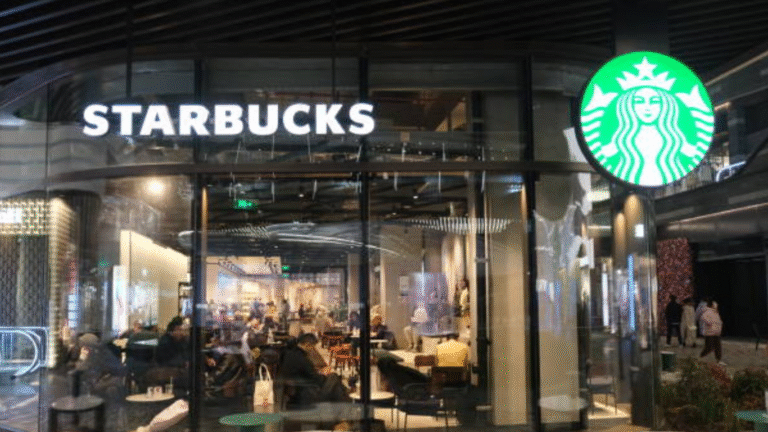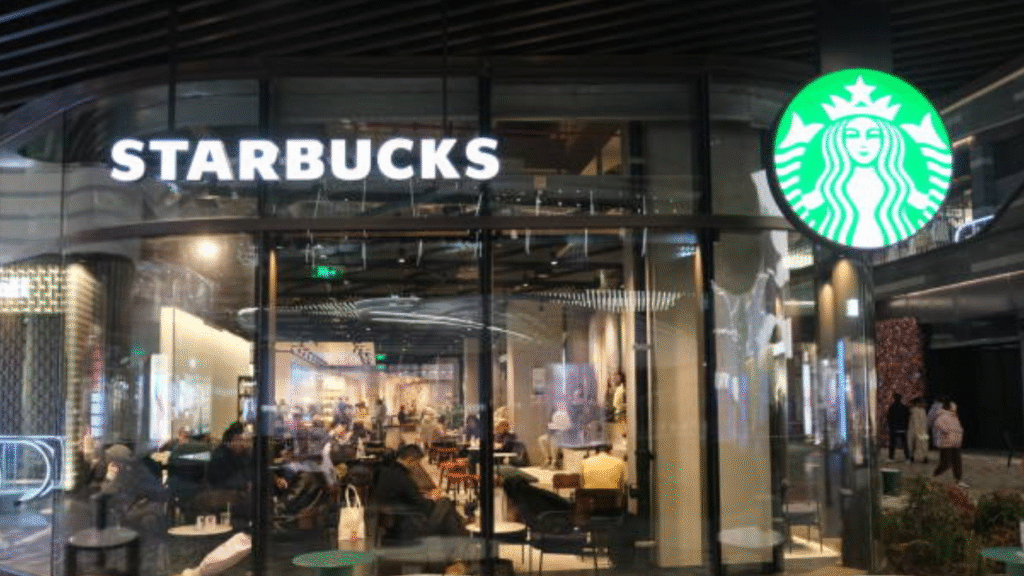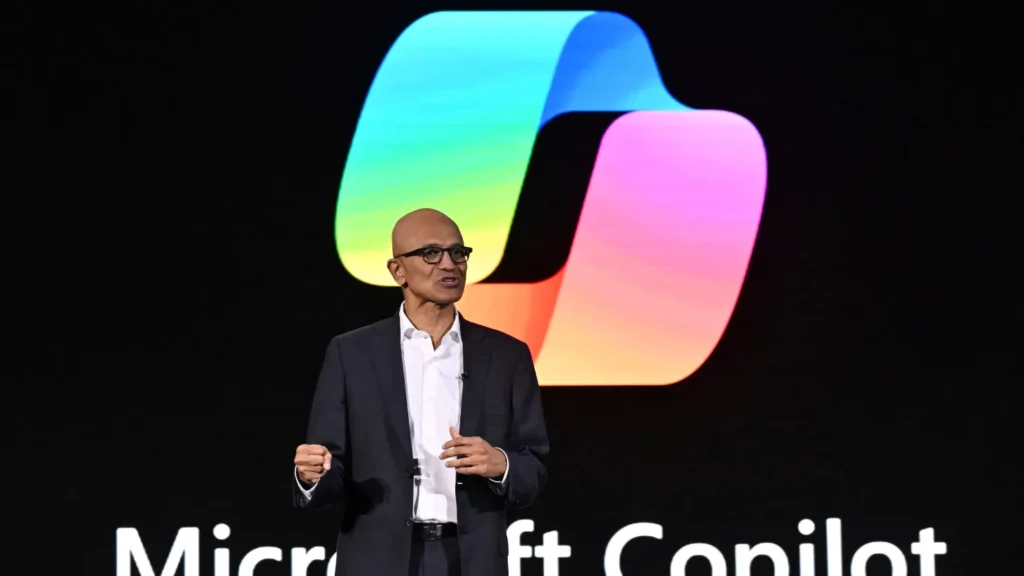In a move that has sent shockwaves across the tech industry, Microsoft Biggest Layoff has initiated its largest layoff in over two years, cutting approximately 9,000 jobs nearly 4% of its global workforce. The restructuring primarily impacts the Xbox division, global sales units, and other supporting business departments. As the company continues to pivot toward artificial intelligence (AI), cloud infrastructure, and digital transformation, these layoffs mark a significant shift in Microsoft’s strategic direction.
This explores the details of the layoff, its implications for affected employees, the strategic rationale behind the move, and the broader impact on the technology industry.
A Deep Cut: Understanding the Layoff Numbers
The announcement of 9,000 job cuts marks one of the most substantial reductions at Microsoft since the pandemic era. The layoffs affect a broad range of departments, but the most prominent impact has been felt across:
- Xbox Gaming Division, including studios under Activision Blizzard and ZeniMax
- Global Sales and Marketing Teams
- Support and Business Operations
- Engineering Roles in Redundant Teams
The scale of this layoff rivals the 10,000 job cuts announced in early 2023, demonstrating how even tech giants are not immune to strategic overhauls driven by rapid technological evolution and changing business priorities.
Xbox Division Faces Major Restructuring
One of the biggest surprises of this announcement is the deep cuts in Microsoft’s Xbox gaming unit. Layoffs have hit multiple gaming studios, including:
- ZeniMax Media, acquired in 2021 for $7.5 billion
- Activision Blizzard, acquired for nearly $69 billion in 2023
- King Studios, developer of Candy Crush
- Turn 10 Studios, known for Forza Motorsport
Xbox CEO Phil Spencer explained that the reorganization is aimed at “removing layers of management” to promote agility and long-term sustainability. However, insiders suggest that the magnitude of layoffs hints at a broader cost-cutting initiative following Microsoft’s recent acquisitions.
This restructuring is not just about workforce reduction it reflects a cultural and structural shift in how Microsoft envisions the future of Xbox. By trimming management layers and streamlining operations, the company appears to be aligning itself for a more unified approach across its gaming ecosystem.
Sales and Marketing Teams Also Affected
The sales organization, traditionally a stronghold for Microsoft’s business-to-business (B2B) strategy, is also undergoing significant changes. Regional sales teams across the Americas, Europe, and Asia-Pacific have seen restructuring.
Microsoft’s official statement indicated that these changes are part of an “organizational alignment strategy” designed to support the company’s growing focus on AI and cloud services. These business units will now be more tightly integrated with Azure, Copilot (Microsoft’s AI-powered productivity suite), and other core enterprise solutions.

Affected employees range from account executives to marketing managers and sales engineers. This wave of layoffs signals Microsoft’s intent to move away from traditional enterprise sales approaches and toward data-driven, AI-powered engagement models.
Why Now? The AI-Driven Shift in Strategy
The timing of this massive workforce reduction aligns with Microsoft’s aggressive push into artificial intelligence. Over the past year, the company has:
- Invested billions in OpenAI and integrated GPT-powered solutions into Microsoft 365 and Azure
- Launched Copilot for Word, Excel, PowerPoint, and Teams
- Accelerated development of its Azure AI platform
- Committed approximately $80 billion into building AI-capable data centers
CEO Satya Nadella has consistently emphasized that AI represents the “next big platform shift” after mobile and cloud computing. Microsoft’s leadership believes that streamlining its workforce will allow for more resources to be funneled into research, development, and deployment of AI technologies.
These layoffs, while painful, are positioned as a step toward ensuring Microsoft’s long-term relevance in an AI-first world.
Employee Reactions and Morale
Employee sentiment following the announcement has been mixed, ranging from disappointment to cautious optimism. On platforms like LinkedIn and Blind, many former employees have expressed sadness and confusion, especially among those who had been with the company for years or were part of high-performing teams.
Common concerns raised include:
- The speed and scope of the layoffs
- The lack of communication prior to termination
- Uncertainty about career prospects in an increasingly AI-dominated environment
However, some employees recognized that the shifting direction reflects market realities, and believe it could ultimately result in leaner, more innovative teams.

Microsoft has stated that affected employees will receive:
- Severance packages
- Health care benefits continuation
- Access to career transition services
Nonetheless, the emotional toll remains high, particularly among teams with deep attachment to their product lines or regions.
Impact on the Gaming Industry
The layoffs within Xbox and affiliated studios have not gone unnoticed by the gaming community. Concerns are rising that Microsoft’s restructuring could impact:
- Game development timelines, especially for upcoming titles under Activision, Bethesda, and ZeniMax
- Quality assurance processes, as QA testers were among those let go
- Studio independence, with speculation that consolidation may reduce creative freedom
Some analysts view the cuts as a natural consequence of the Activision Blizzard merger, as Microsoft integrates operations and eliminates redundancies. Others worry that the company may shift its focus away from storytelling-driven AAA games to more monetizable models like live service or mobile games.
Gamers and developers alike are watching closely to see how Microsoft balances cost control with creative excellence.
What This Means for the Tech Industry
Microsoft’s decision to cut 9,000 jobs across key divisions like Xbox, sales, and operations serves as a powerful signal to the broader tech industry: the era of unchecked headcount growth is over, and strategic refocusing is the new norm. As one of the largest and most influential tech companies globally, Microsoft’s move reflects a growing trend among tech giants to prioritize efficiency, automation, and artificial intelligence over traditional expansion models.
The emphasis on AI investments such as Microsoft’s integration of OpenAI models across its product suite demonstrates a shift in hiring strategy. Instead of expanding general roles, companies are now seeking specialists in machine learning, data engineering, cybersecurity, and AI infrastructure. This signals to job seekers and professionals that upskilling in AI and cloud technologies is becoming essential.
Additionally, the cuts to sales and marketing teams highlight how customer engagement is becoming increasingly digital, data-driven, and automated. Traditional roles may be repurposed or phased out in favor of AI-enhanced platforms that personalize customer experiences without large human teams.
For smaller tech firms, this restructuring underscores the importance of agility and innovation. For enterprise players, it’s a wake-up call to optimize legacy systems and prepare for the next digital wave. From cloud computing to enterprise SaaS, the entire tech ecosystem is likely to mirror this consolidation-and-realignment model in the years ahead.
In short, Microsoft’s layoffs don’t just reflect internal realignment they signal a broader paradigm shift that every tech professional and organization must adapt to.
Are More Layoffs Coming?
This is Microsoft’s third round of layoffs in 2025. Earlier cuts in May and June affected over 6,000 jobs combined. With this July round pushing the total above 15,000, the question remains: Is this the end?
Company insiders suggest that while the majority of organizational changes have been completed, smaller restructuring efforts may continue throughout the fiscal year, especially as Microsoft evaluates performance and market response to its AI products.
The Human Cost and Ethical Considerations
While strategic realignment makes sense on paper, the human cost of such large-scale layoffs is significant. Thousands of families are now left grappling with uncertainty, despite Microsoft’s offers of support.
Critics argue that:
- A company with record profits and multi-billion dollar investments in AI could have approached restructuring more compassionately
- Transparency during layoffs remains a major issue in corporate America
- There’s growing concern over AI displacing more jobs than it creates, especially in mid-level roles
These concerns aren’t limited to Microsoft. They represent broader ethical questions facing the entire tech industry as it embraces automation and machine learning at breakneck speed.
Microsoft’s Statement and Public Response
In a statement shared with media, Microsoft emphasized:
“We remain committed to delivering long-term value to our customers and shareholders through strategic investments in AI, cloud, and productivity platforms. While these decisions are difficult, they are necessary for future growth.”
Public reaction has been mixed. While investors have largely responded positively Microsoft’s stock rose slightly following the news critics on social media and employee forums have questioned the timing and transparency of the layoffs.
Looking Ahead: Microsoft’s Future Post-Layoffs
Despite the difficult decisions, Microsoft is poised for major growth, particularly in AI and cloud computing. With a renewed focus on innovation and streamlined teams, the company may emerge more agile and competitive than before.
Here’s what to watch in the coming months:
- Expansion of Azure AI services
- New Copilot features and integration into enterprise tools
- Product roadmap for Xbox following studio consolidations
- Hiring in strategic AI and cloud engineering roles
Ultimately, Microsoft’s latest layoff is a turning point a moment of reckoning as it shifts from its legacy past into a future defined by intelligent automation, generative AI, and cloud-powered ecosystems.
Microsoft’s largest layoff in two years is more than just a corporate shake-up it’s a signal of deeper transformation across the tech landscape. As the company trims legacy operations and accelerates toward an AI-first future, it’s clear that adaptability, innovation, and focus will be key to staying competitive.
For employees, partners, and the broader tech community, this moment is both sobering and instructive. It underscores the need to reskill, remain agile, and align with the technologies that are reshaping the global economy.
As Microsoft pivots toward its next chapter, one thing is clear: the future belongs to those who can evolve with it.
















